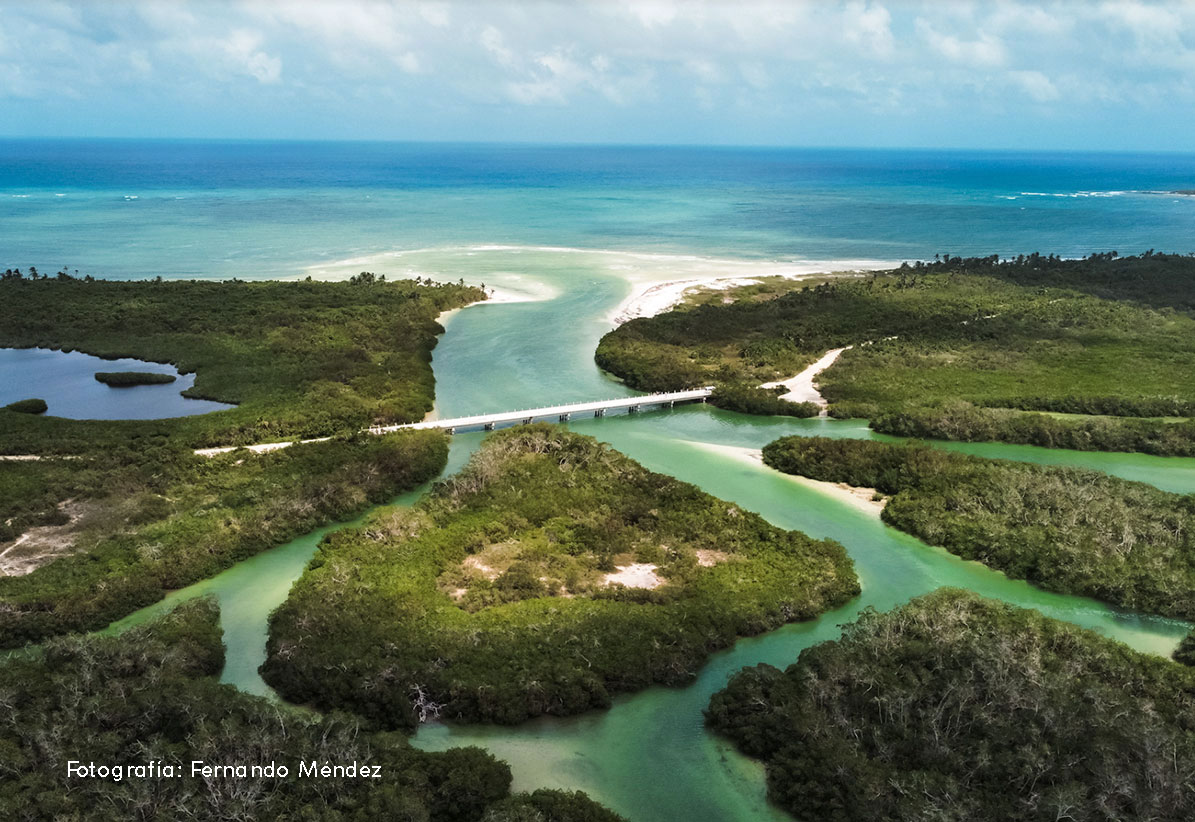
Environmental impact as a tool to minimize the effects of climate change
Alejandrina Bazán talks about “Environmental impact as a tool to minimize the effects of climate change”.
In Yucatan we are privileged to have a unique natural wealth, with 378 kilometers of coastline, more than 8,000 cenotes, part of the Mayan jungle known for being the second largest tropical forest in America, home and habitat of different species of flora and fauna. But in recent years all this has been affected by different natural and anthropogenic causes. All the activities that we carry out have an impact on our environment, which is why there are environmental regulation and policy instruments that help us prevent, mitigate and restore such damage.
One of the most well-known and notorious regulatory instruments is the Environmental Impact Statement (MIA, by its acronym in Spanish), which the General Law of Ecological Balance and Environmental Protection (LGEEPA, by its acronym in Spanish) describes as “The document through which it is made known, based on studies, the significant and potential environmental impact that a work or activity would generate, as well as how to avoid or mitigate it if it is negative”. The LGEEPA is the governing law of the environment in the country, whose objective is the preservation and restoration of the ecological balance and the protection of the environment throughout Mexico.

Falmingos
This Law mentions something that according to my experience, I have seen that most of the time is unknown and causes a lot of confusion among the citizens: the competences, that is to say, which authority is responsible for evaluating and authorizing some environmental procedure.
For example, continuing with the topic of the MIA, most people assume and take for granted that because a project is intended to be carried out in Yucatan or in some other state of the Republic, it is that entity that is in charge of the environmental authorization, but this is not always the case; In fact, most of the works or activities are evaluated and authorized by the Federal Government through the Ministry of the Environment (SEMARNAT, by its acronym in Spanish). Article 28 of the LGEEPA describes the works and activities that must be submitted to the federation or to the states.
In the case of Yucatan, the Secretariat for Sustainable Development is in charge, but each state has its own Secretariat for the Environment. Those responsible for executing the work or project are the ones who must present the MIA, and they are also the ones who must carry out and follow up on the prevention and mitigation actions

Aerial view of the coast
Fotography: Fernando Méndez
The MIA must be submitted before the construction stage; Unfortunately, this is not always fulfilled, and that is where most of the repercussions on the environment occur, since in an unregulated work or construction it is not guaranteed that the actions to be carried out are being done in the best possible way and with the least impact on the environment.
In many cases this happens due to lack of information, but in other cases it also happens because people prefer to skip that process. As citizens we must inform ourselves very well and comply with the regulations of our country, in all matters, including the environment, in order to also be able to demand and participate in the decisions that are made in our country, state or municipality.
We are going through a climate crisis that we cannot face alone; we have to join forces with all sectors of society. We must all have to put our part and start to know and inform ourselves of current environmental issues and problems, contribute with solutions and be able to leave a better world for our children and our children’s children.

Toh Bird
Fotography: Fernando Méndez
“Climate change has no limits, it is happening all over the planet and we are accelerating it more every day.”











